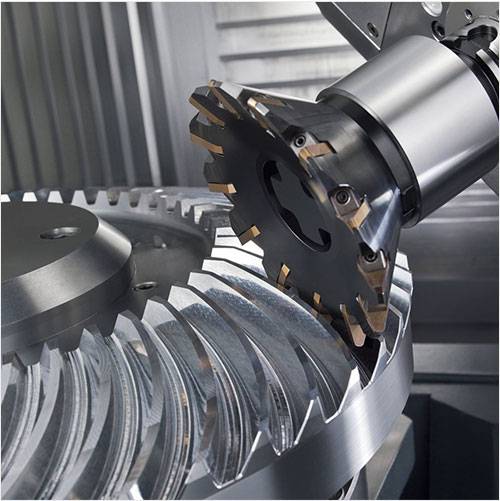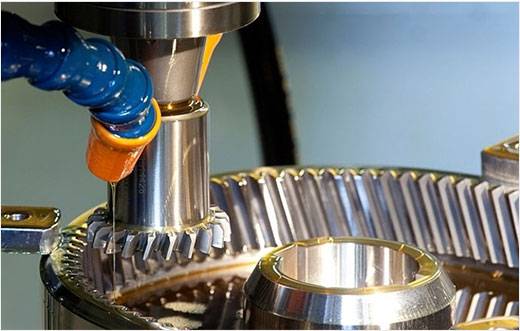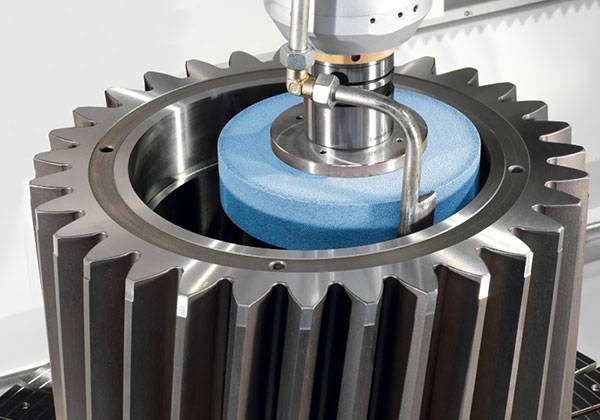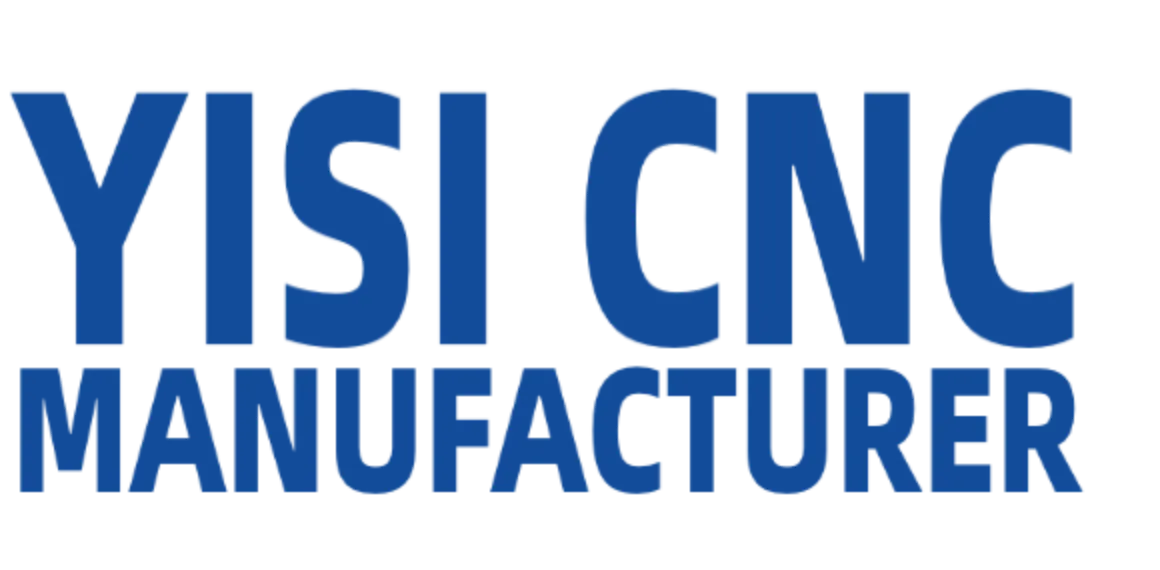Gear Manufacturing Company - Gear Machining & Custom Gear Production
With years of experience in CNC manufacturing and metal machining, YiSi CNC has the expertise to produce custom gears with various gear manufacturing processes and techniques. From gear designs to production to shipping, we can meet your requirements at each stage. Our capabilities including gear machining (gear cutting, gear hobbing, gear milling, gear grinding) and gear forming (gear forging, gear extrusion, gear casting, gear injection molding), the cutting edge technologies and advanced gear manufacturing equipment at our factory enable our gear products to achieve the industry-leading standards or exceed the customers’ expectations. Whether you want to find the manufacturers of spur gears, helical gears, spiral bevels, or other types of CNC gears, we’ll deliver top-quality products with a fast turnaround. From hard metals to plastics, a wide selection of materials with excellent properties are provided. We can also help you in the design and review of almost all types of gears to enhance their functionality and manufacturability.
Why Choose YiSi CNC Gear Manufacturing?
- Custom solutions for complex gear manufacturing tasks and technical support
- Well-equipped facilities, seasoned workforce and heavy investment in gear development
- Right expertise and multiple techniques for the production of different types of gears
- Prototypes can be developed and evaluated to improve manufacturing and performance
- Quality inspection services to ensure right dimensions and minimal quality issues
- Work closely with customers to get the most customer satisfied results

What is Gear Manufacturing
Gear is an important part of mechanical transmission devices. It mainly transmits torque, bears bending, and impacts loads. Its quality will have a direct impact on the vibration, noise and reliability of automobile assembly and even the whole vehicle, and sometimes become the key factor restricting the improvement of product level. Gear manufacturing refers to the process of making gears with a specific structure and accuracy using a mechanical method.
Types of Gear Manufacturing Process
The selection of gear manufacturing process is depending on the application, accuracy requirements, and other actual situations. The gear manufacturing processes are mainly divided into two categories: gear machining and gear forming.
1. Gear Forming
Gear forming is the method to produce the teeth on the gear using a mold or die into which the tooth shapes have been machined. The majority of gear forming processes have high tooling costs and are ideal for high volume production. More gear forming processes include sintering, cold drawing, preforming, etc.
- Gear casting: including die casting, sanding casting and more, most of them are used to produce gear blanks or cast tooth gears, the tooth shape is built into the mold, suitable for a wide range of materials and needs little finishing operations.
- Gear injection molding: used for the production of plastic gears or nonmetallic gears in washing machines, cameras, projectors, and other applications, common materials are nylon, polyimide, and cellulose acetate. Injection-molded plastic gears generally have low precision, small sizes, and low cost.
- Gear extrusion: often used to produce helical gears, this method forms teeth on long rods which are cut into specific lengths and machined, the advantage of gear extruding is a good surface finish, dense structure and high strength. The main materials for extrusion are aluminum, brass, and copper.
- Gear forging: forging has been used in the manufacture of gears for a long time, mainly for the production of gear blanks, which would subsequently be machined into the desired configuration. Gear forging includes open-die forging, closed-die forging, and hot upset forging.
- Gear stamping: the sheet metal can be stamped with tooth shapes to form gears with low precision.

2. Gear Machining
Gear machining is the process of using cutting tools to machine gears from casting, forging, rolling or other forming methods. More gear machining techniques such as gear shaping, shaving, lapping, honing, etc.
- Gear milling: a material removal process that uses a milling cutter to cut the gear blank for creating the tooth gap, the mill cutter shape conforms to tooth spacing, this method can produce almost all types of gears.
- Gear hobbing: the most widely used gear cutting process, a continuous generation process in which the hob teeth rotate about an axis normal to that of the gear blank, cutting into the rotating blank to generate the teeth. The continuous transmission of the hob is like an infinite rack moving continuously. Gear hobbing can be applied for making helical gears, spur gears, and other small gears.
- Gear grinding: a contoured grinding wheel is used to remove a small amount of materials to get a high surface finish.







